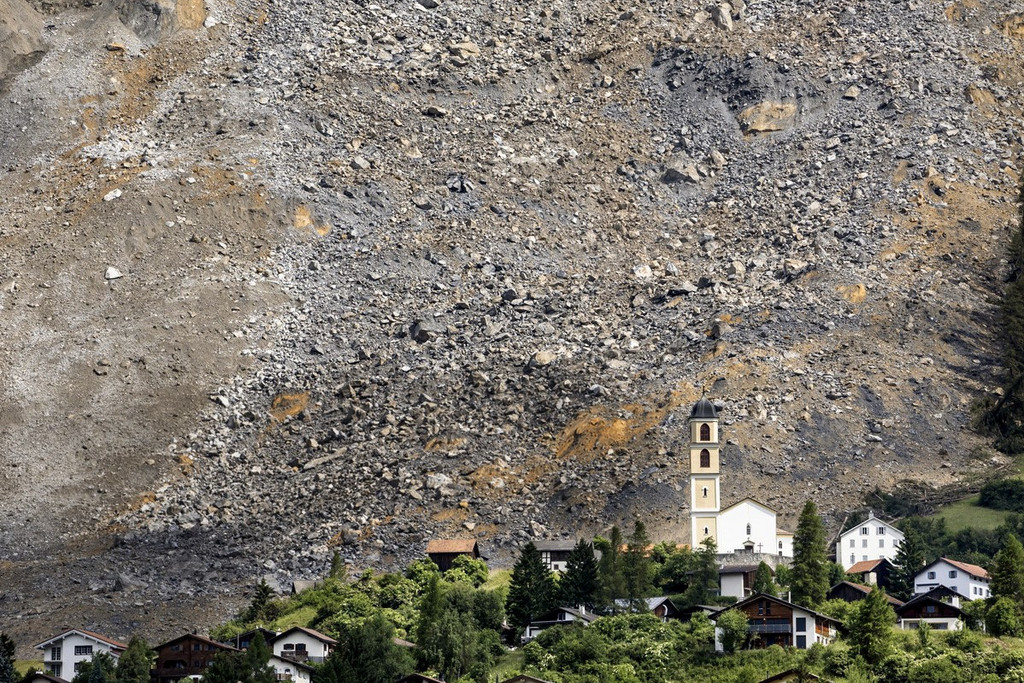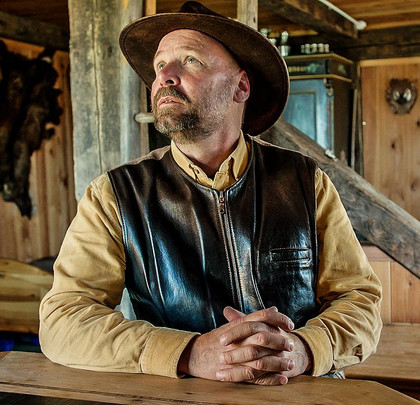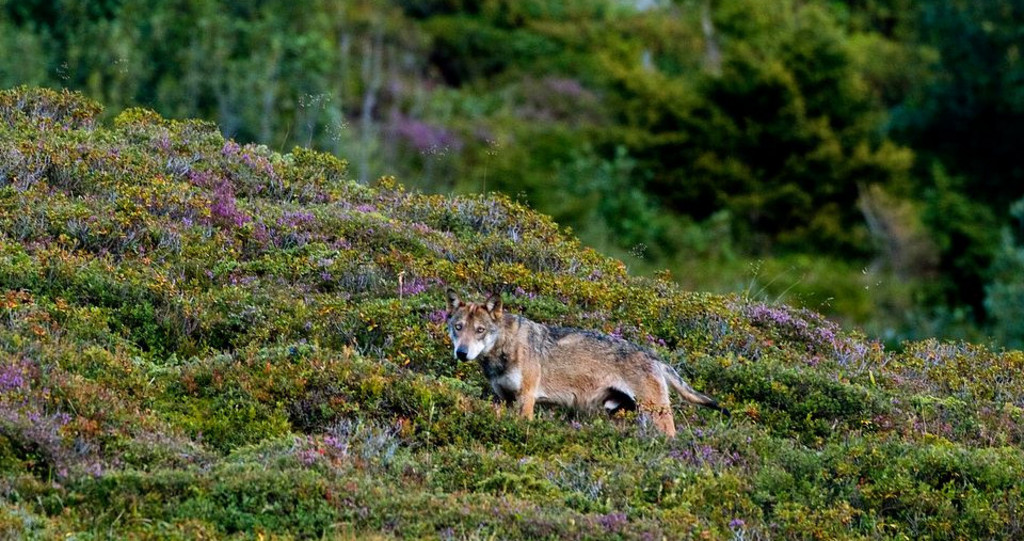How many wolves can a small country like Switzerland take?
Reinhard Schnidrig: It is less a question of wolf numbers and more about wolves retaining their natural shyness. There is enough space in the Swiss Alps and the Jura mountains for about 60 wolf packs or 300 animals. That is the upper limit of what is ecologically tolerable. At the lower end of the scale, 20 or so packs are necessary for the wolf to remain in Switzerland for generations. Nevertheless, we must control the growth in numbers to foster wolf-human coexistence.
Is it not just a case of getting used to wolves in Switzerland again?
The Swiss have developed a certain tolerance to wolves in the last 20 years. Every single wolf was an issue at the beginning. I am happy to say that we are past that stage now – because wolves are back and they are here to stay. On the other hand, we cannot have wolves wandering through villages in broad daylight. Wolves belong in the forests and mountains. They need to respect us humans and the animals that we rear. Wolf management and the revised Swiss Hunting Act will help to nip wolf-human conflict in the bud.
How dangerous are wolves to humans?
Wolves do not pose much of a threat to people. There have been no wolf attacks on humans in the Alps in recent history. Central European wolves have learned to avoid humans as a result of being hunted for centuries. However, wolves quickly learn whenever they are no longer under threat. They will then encroach on the places we live. The aim of wolf management is to ensure that wolves retain their instinctive shyness. Wolf packs need to know that humans aren’t always harmless.
Is it at all possible to influence a wolf’s behaviour?
Wolf management is all about knowing when to act and when not to. For example, you need to intervene when wolves learn to evade measures designed to protect livestock – in which case you must stop such situations from becoming routine for them. Shoot a young member of the pack at the scene of the attack, and the parents will learn to avoid humans and respect the physical boundaries protecting the livestock that they rear. Experience has shown that this approach works. Wardens have done it before, and the wolf pack in question never returned.
Can you not leave the job of regulating wolf numbers to nature?
You can in the vast forests of Alaska, but not in a densely populated and intensively farmed country like Switzerland. If we do nothing and the revised Swiss Hunting Act is rejected, the cantons will have no means of controlling the growth in wolf numbers. Shooting a young wolf may seem cruel, but there is no point feeling sorry for an individual animal when you are trying to preserve the wolf population as a whole in the long run.
Wolves tend to be either demonised or idealised. Why is this?
Wolves are neither all bad nor all good. They are very adaptable and highly intelligent creatures that live in families – just like humans. Indigenous peoples used to venerate the wolf. It was only in the Middle Ages that wolves became the enemy because of the livestock that they attacked. Although wolves never killed humans, they would scavenge on bodies strewn across the medieval battlefields. Fairy tales like Little Red Riding Hood then helped to fuel the myth of the “big bad wolf”.
Reinhard Schnidrig heads the Wildlife and Forest Biodiversity Section of the Federal Office for the Environment (FOEN). He has been interested in wolves for almost 25 years. He has never seen a wolf in the wild in Switzerland, although he has seen them in Alaska and Mongolia.













Comments